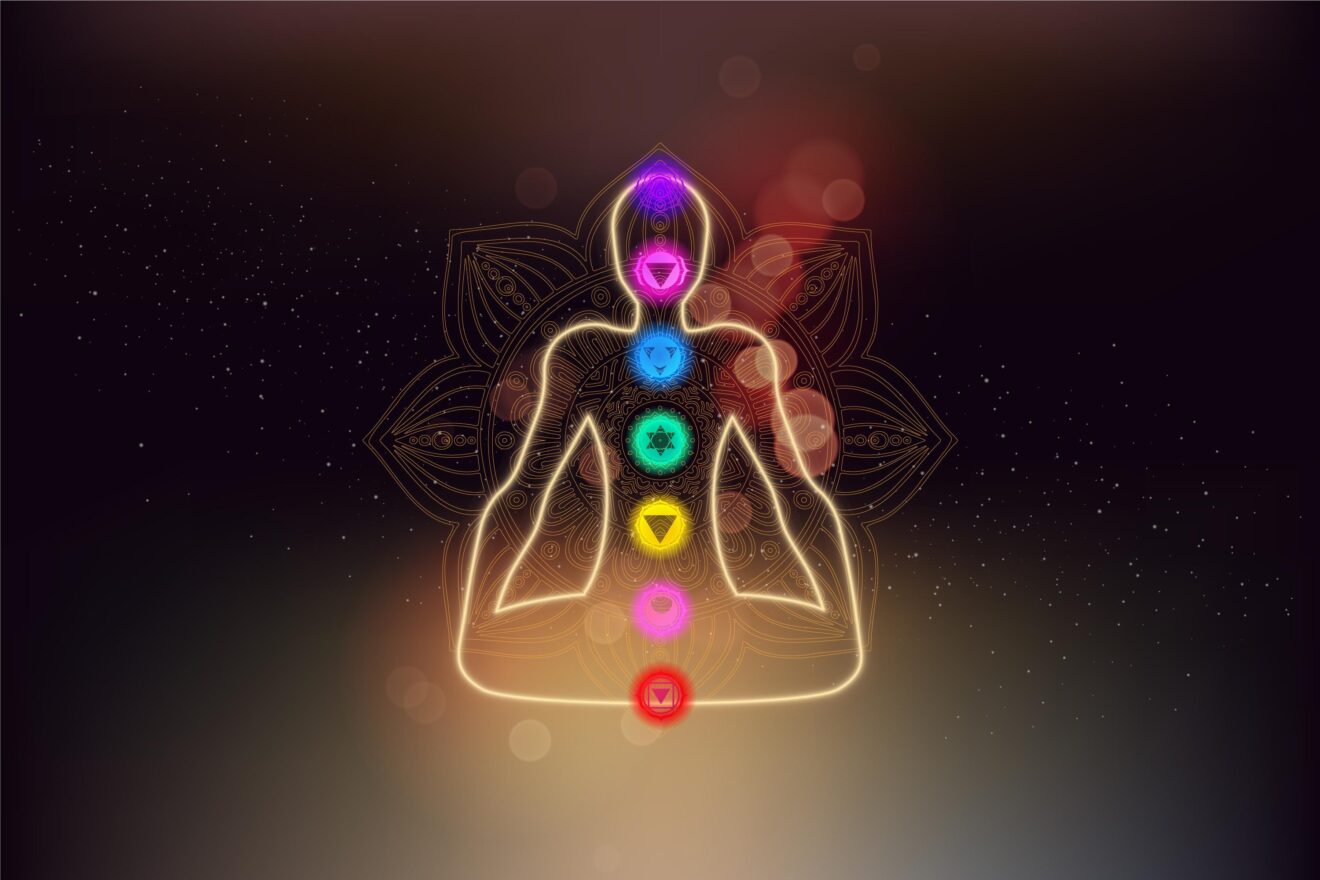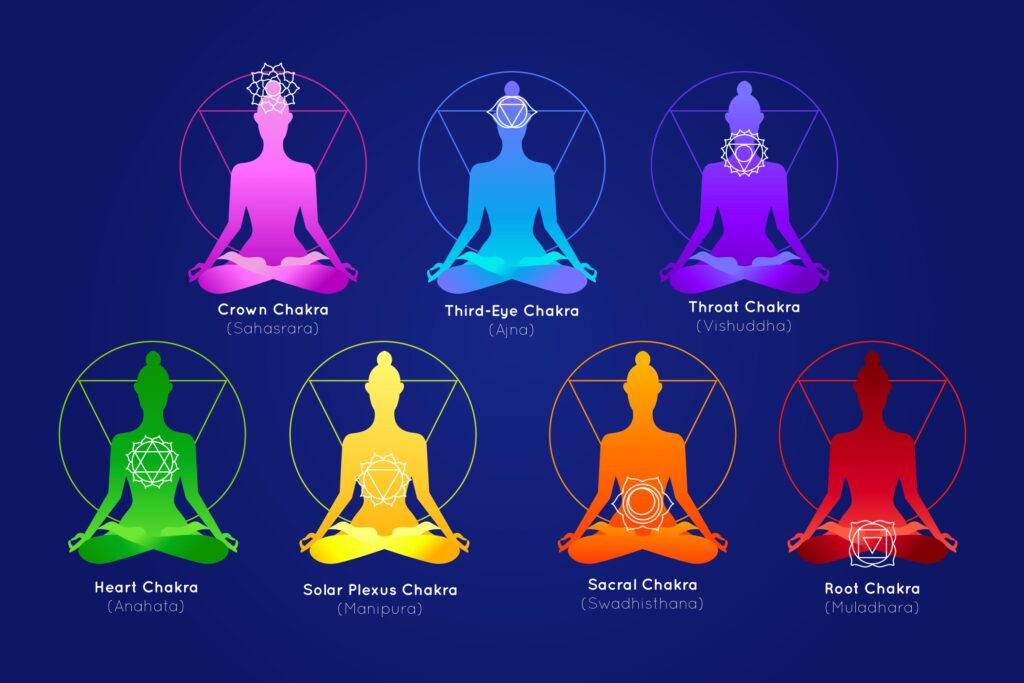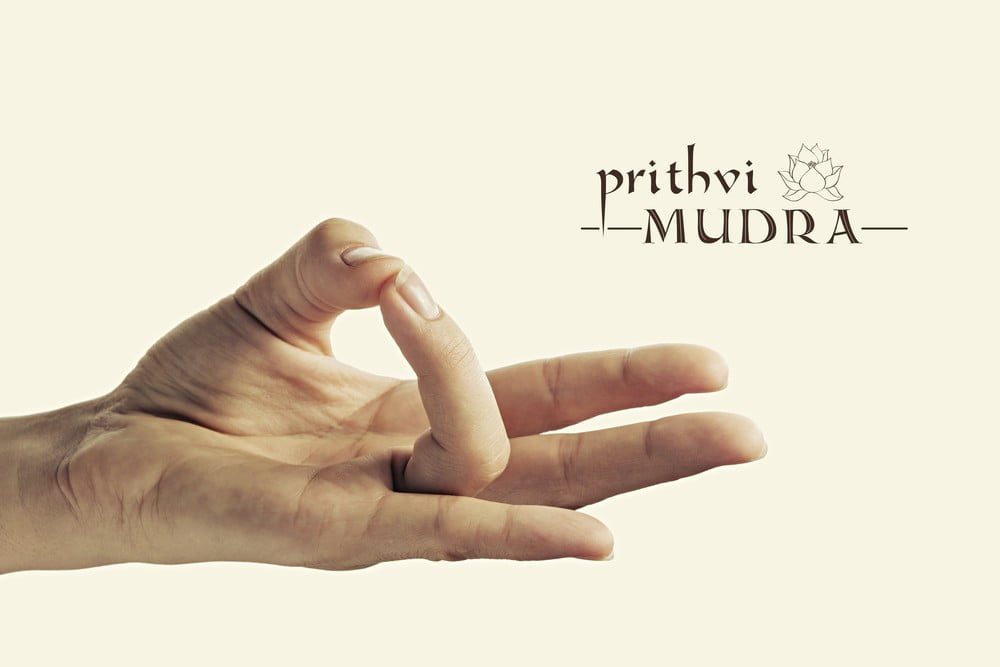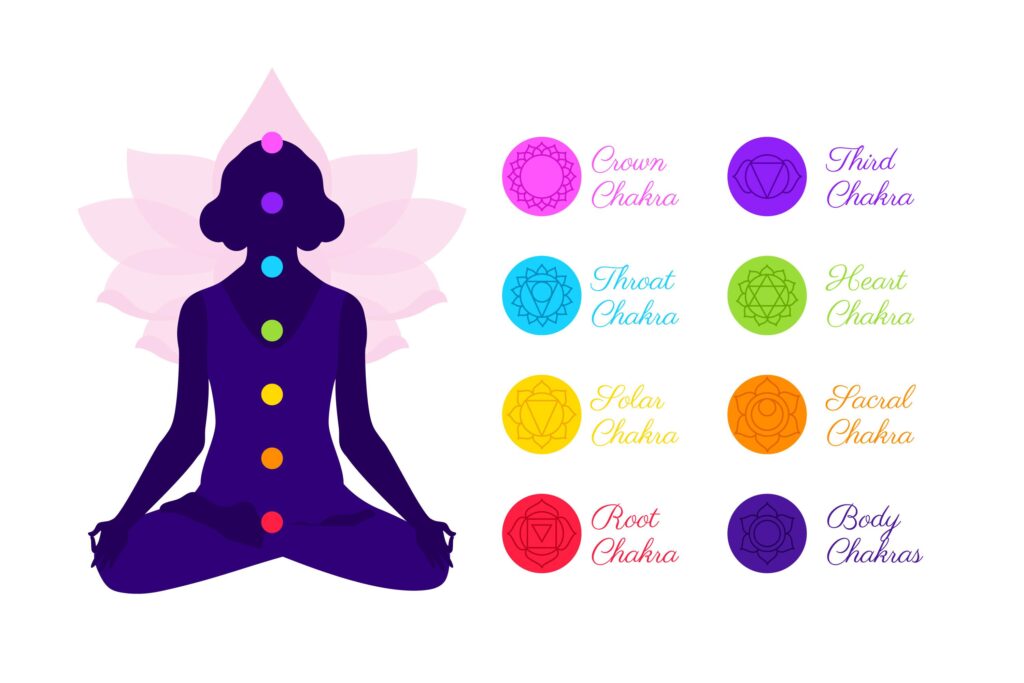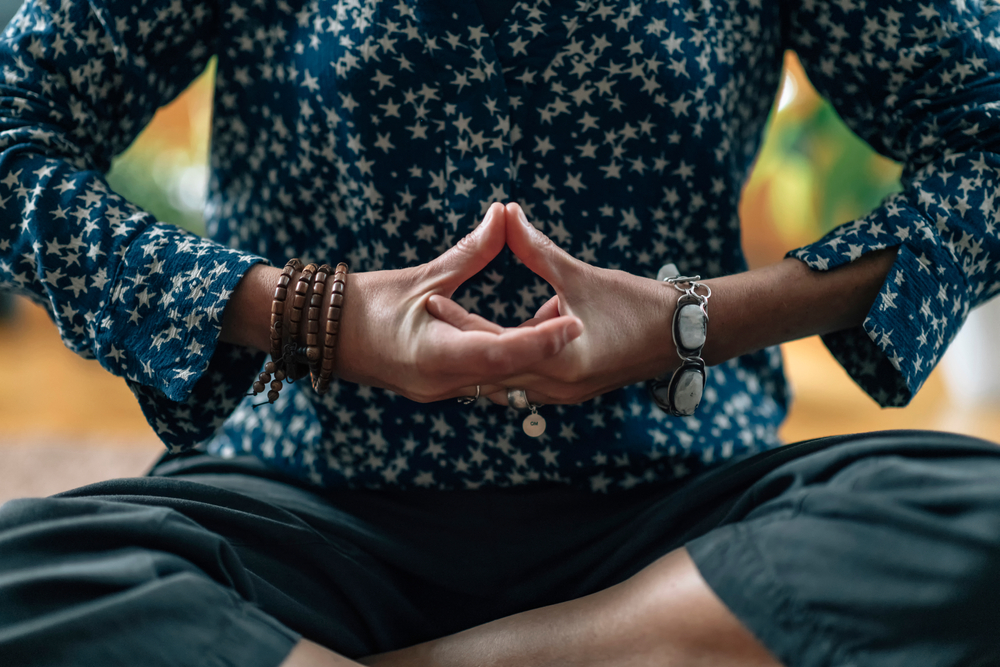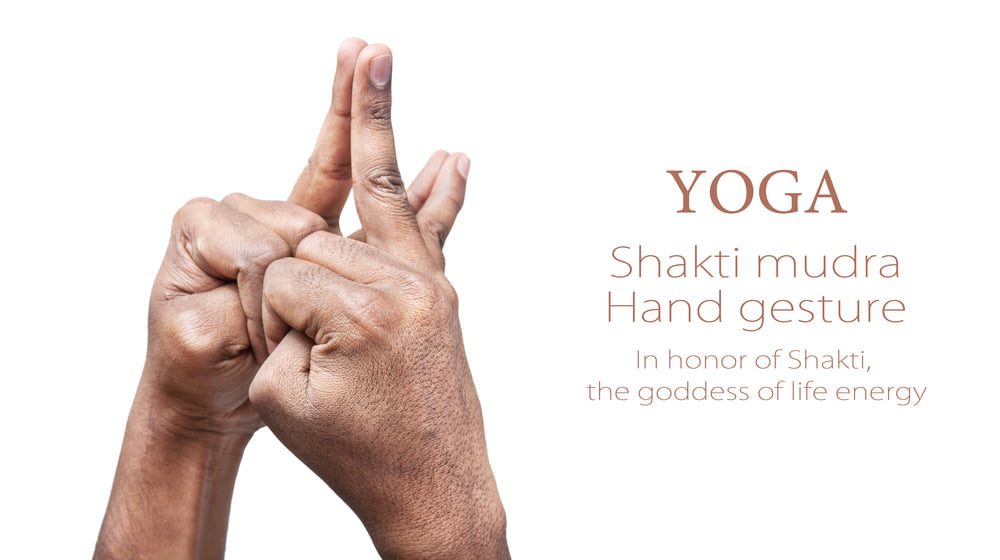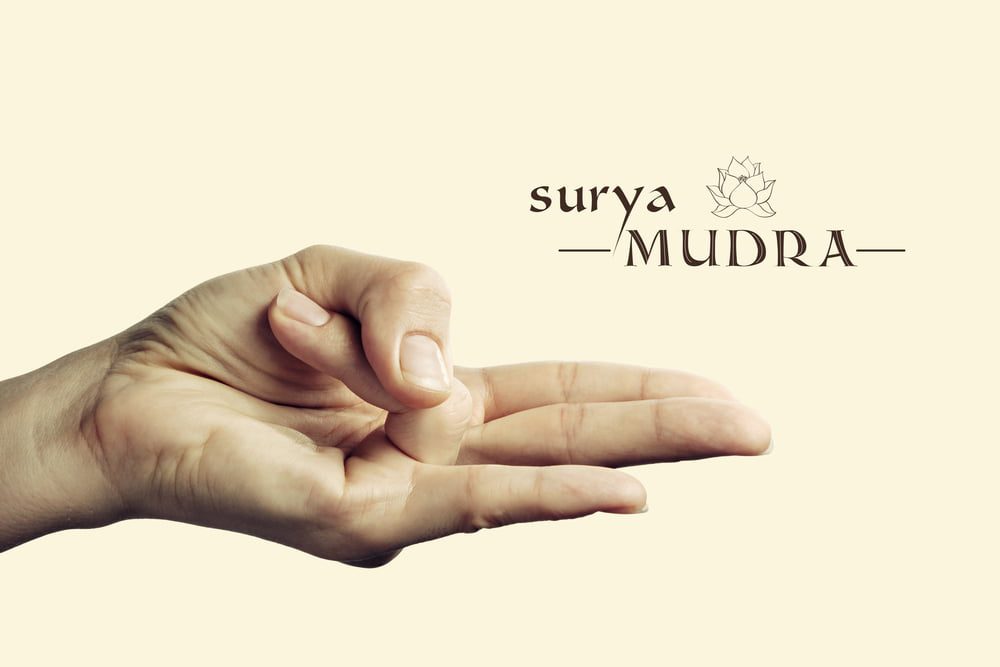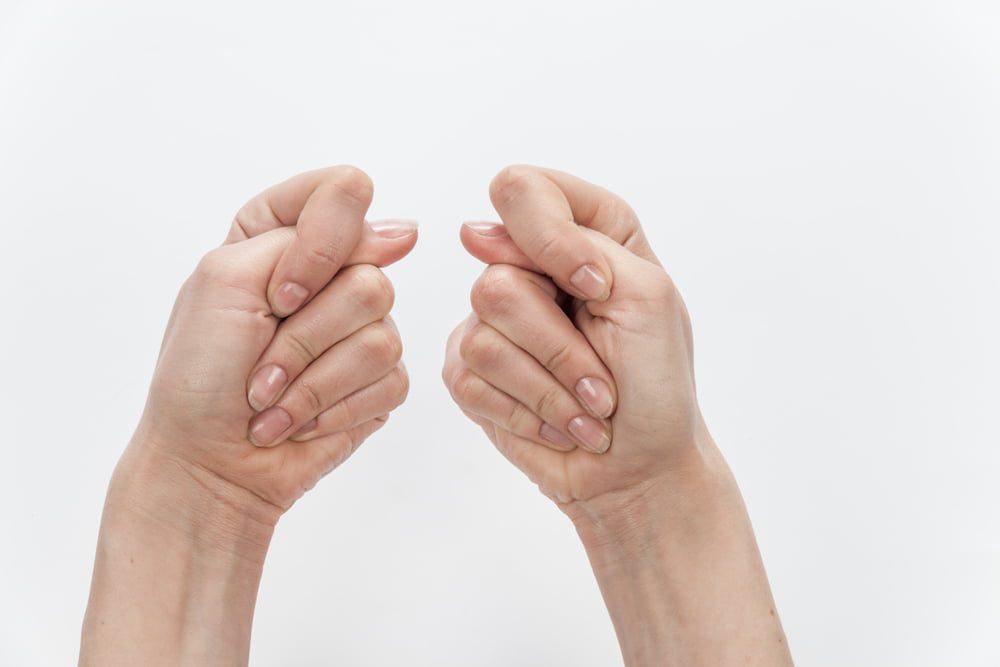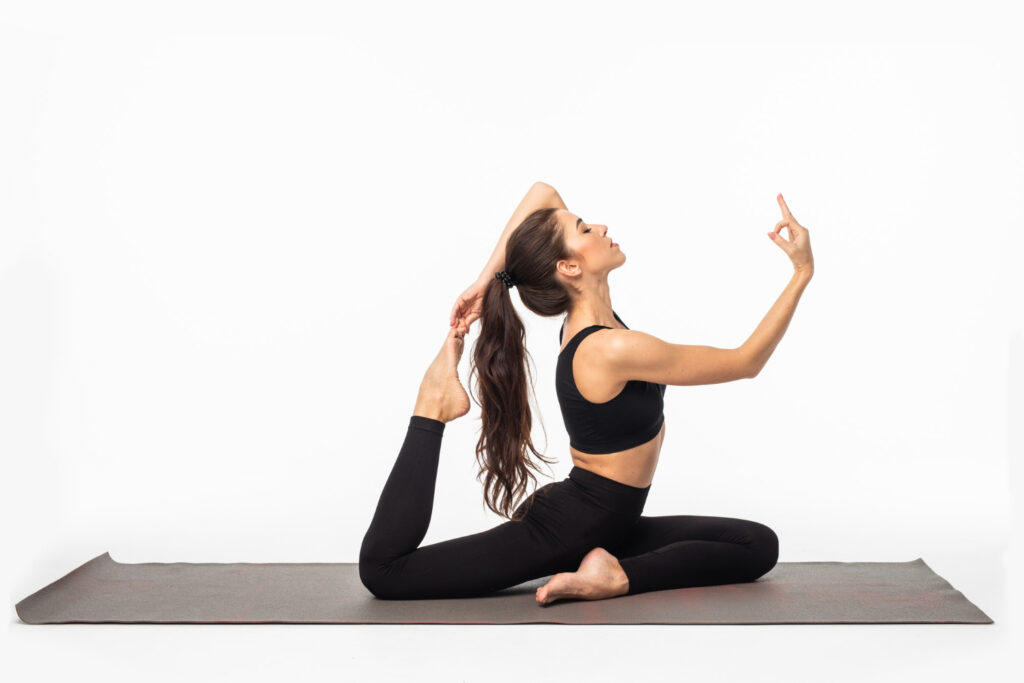The solar plexus chakra, also known as the Manipura chakra, is the third chakra in the body’s energy system. Located in the upper abdomen, this chakra is associated with personal power, confidence, and self-esteem. When the solar plexus chakra is balanced, we feel a strong sense of self-worth and are able to assert ourselves with ease.
However, when this chakra is blocked or imbalanced, we may experience feelings of insecurity, low self-esteem, and a lack of personal power. One effective way to bring balance to the solar plexus chakra is through yoga poses specifically designed to activate and energize this energy center. In this article, we will explore the 10 best yoga poses that target the solar plexus chakra, helping to unlock its power and restore balance to our sense of self.
benefits of Solar Plexus Chakra Yoga Poses.
The Solar Plexus Chakra, also known as Manipura, is the third chakra located in the upper abdomen area. It is associated with personal power, self-confidence, and self-esteem. Practicing yoga poses that specifically target and stimulate the Solar Plexus Chakra can provide numerous benefits for both the mind and body. Here are some of the key advantages of incorporating Solar Plexus Chakra yoga poses into your practice:
1. Boosts self-confidence.
Solar Plexus Chakra yoga poses can help to enhance self-esteem and improve self-confidence. As these poses activate and balance the chakra, they promote a sense of inner strength and personal empowerment. This increased confidence can positively impact various aspects of life, such as decision-making, assertiveness, and overall self-worth.
2. Enhances digestion and metabolism.

The Solar Plexus Chakra is closely associated with the digestive system. Practicing yoga poses that target this chakra can help stimulate the digestive organs, improve metabolism, and increase overall digestive health. This can lead to better absorption of nutrients, improved digestion, and a reduction in digestive issues like bloating and indigestion.
3. Releases stored emotions.
The Solar Plexus Chakra is believed to store emotions such as anger, fear, and sadness. By engaging in specific yoga poses that activate this chakra, these stored emotions can be released, allowing for emotional healing and balance. This release can lead to a greater sense of emotional well-being, inner peace, and a healthier relationship with one’s emotions.
4. Improves core strength.
Many yoga poses that target the Solar Plexus Chakra require engagement of the core muscles. Regular practice of these poses can lead to improved core strength and stability. A strong core not only supports proper posture and alignment but also enhances overall physical strength and balance.
5. Boosts energy and vitality.
When the Solar Plexus Chakra is balanced and activated, it promotes a sense of vitality and energy. Yoga poses that stimulate this chakra help to remove any blockages and restore the natural flow of energy in the body. This revitalization can result in increased physical stamina, mental alertness, and a general feeling of invigoration.
6. Enhances personal power.
The Solar Plexus Chakra governs personal power and willpower. By practicing yoga poses that target this chakra, individuals can tap into their inner strength and harness their personal power. This can aid in setting and achieving goals, overcoming obstacles, and creating positive changes in various aspects of life.
| 💡 Tips Verywel Fit.com Incorporating Solar Plexus Chakra yoga poses into your practice can bring about a multitude of benefits for both the mind and body. From improved self-confidence and enhanced digestion to increased energy and personal empowerment, these poses offer holistic advantages that can positively impact overall well-being. |
10 Best Solar plexus chakra yoga Poses.
Here are ten of the best solar plexus chakra yoga poses and how to do them:
1. Boat Pose (Navasana).
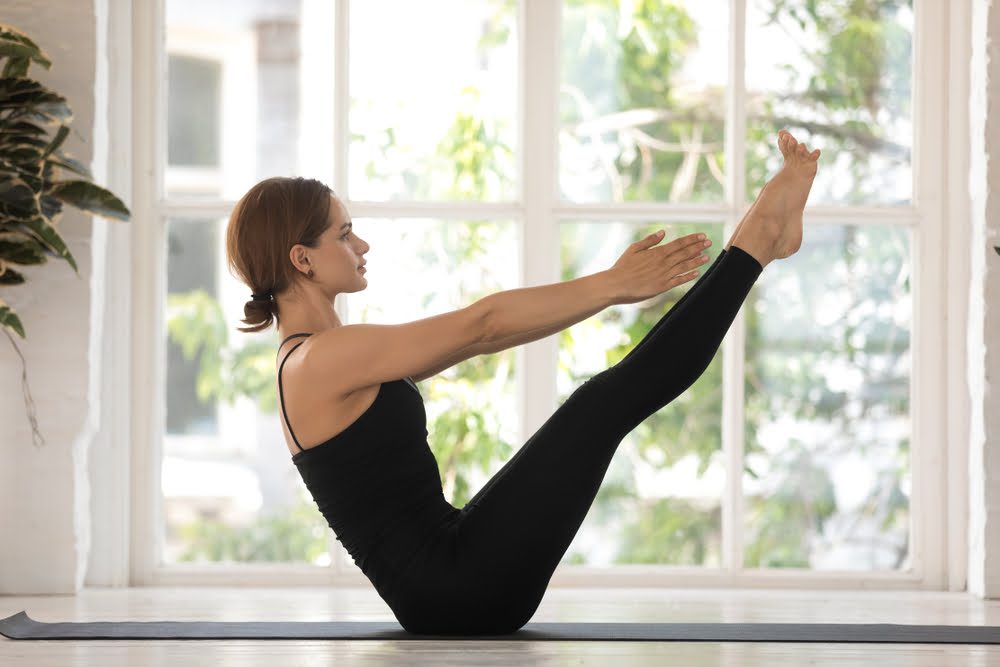
Sit on the mat with your knees bent and feet flat on the floor. Lean back slightly while lifting your feet off the ground. Extend your legs forward, creating a V shape with your body. Lift your chest and engage your core. Hold for 5-10 breaths.
2. Warrior III (Virabhadrasana III).
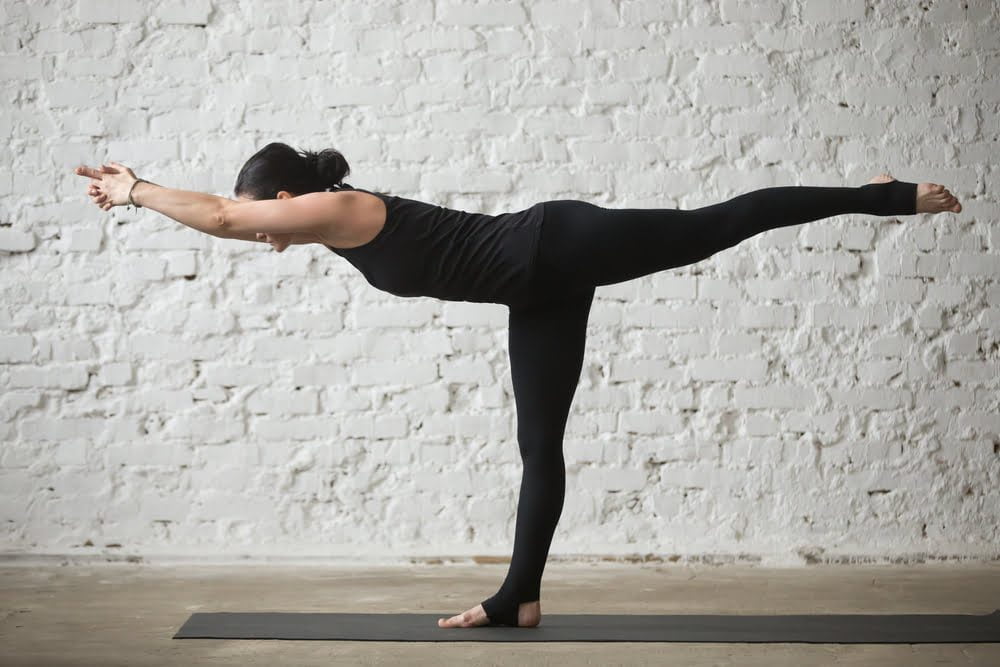
Begin in a standing position, then shift your weight onto one leg. Hinge forward at the hips while extending your other leg straight back, parallel to the floor. Reach your arms forward or extend them alongside your body. Maintain a strong core and gaze towards the floor. Hold for 5-10 breaths on each side.
3. Plank Pose (Phalakasana).

tart in a push-up position with your hands directly under your shoulders. Engage your core and lengthen your spine. Hold for 5-10 breaths, making sure to keep your body in a straight line.
4. Bow Pose (Dhanurasana).
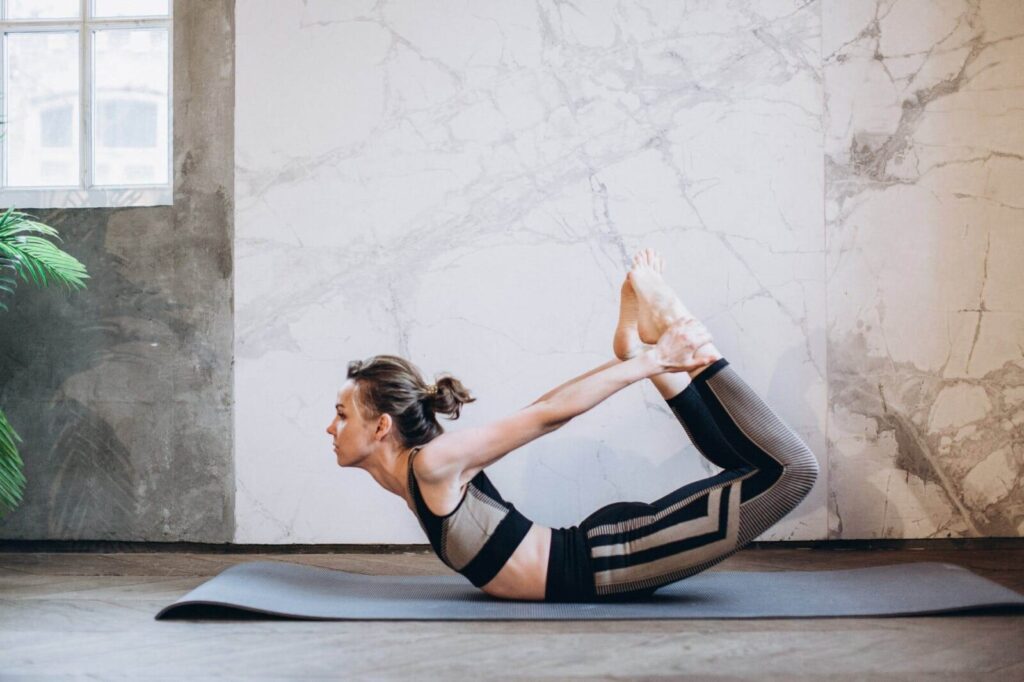
ie on your stomach with your arms by your sides. Bend your knees and reach back to hold onto your ankles. Inhale as you lift your chest and thighs off the ground, creating an arch with your body. Lift your feet towards the ceiling while keeping your gaze forward. Hold for 5-10 breaths.
5. Warrior I (Virabhadrasana I).
Stand with your feet hip-width apart. Step one foot back and turn it slightly outward. Bend your front knee, keeping it aligned with your ankle. Extend your arms overhead, reaching towards the sky. Engage your core and hold for 5-10 breaths on each side.
6. Upward Plank Pose (Purvottanasana).
Sit on the mat with your legs extended forward and your hands placed behind your hips, fingers pointing towards your feet. Press into your hands and lift your hips towards the ceiling, creating a reverse tabletop position. Keep your chest lifted and hold for 5-10 breaths.
7. Camel Pose (Ustrasana).
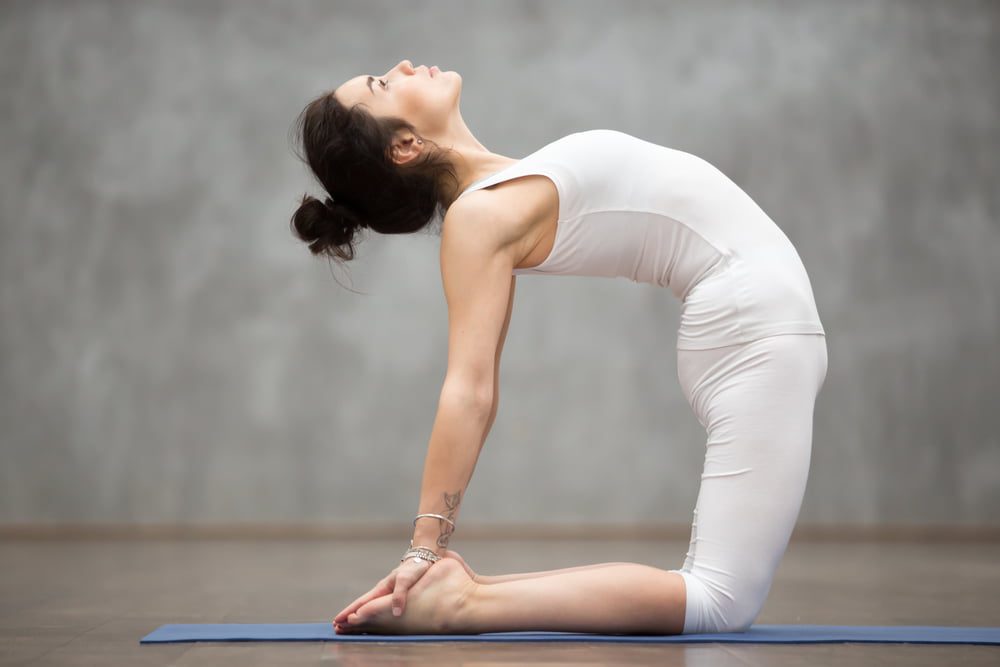
Kneel on the mat with your knees hip-width apart. Place your hands on your lower back, fingers pointing downwards. Inhale as you lift your chest and arch your back, gently lowering your hands towards your feet. Keep your neck long and hold for 5-10 breaths.
8. Revolved Triangle Pose (Parivrtta Trikonasana).
Start in a standing position with your feet wide apart. Turn one foot outwards and extend your arms parallel to the floor. Hinge at the hips and reach forward with one hand, placing it on the outside of the opposite foot. Extend your other arm towards the sky and gaze towards your raised hand. Hold for 5-10 breaths on each side.
9. Bridge Pose (Setu Bandhasana).

Lie on your back with your knees bent and feet flat on the mat. Bring your heels close to your sitting bones, hip-width apart. Press into your feet and lift your hips towards the ceiling, while keeping your arms alongside your body. Hold for 5-10 breaths.
10. Standing Forward Fold (Uttanasana).
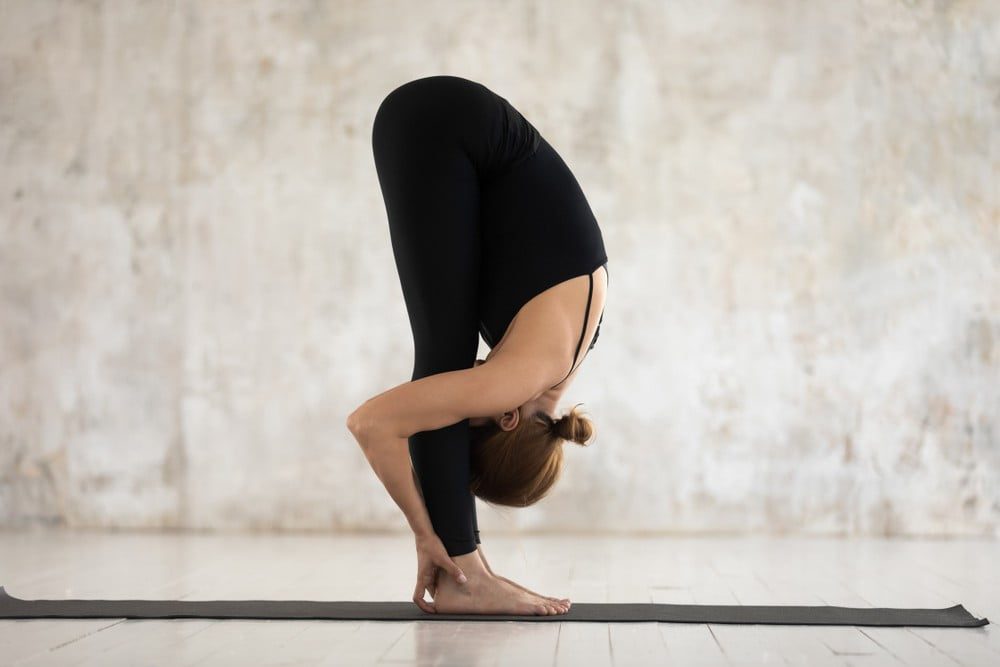
Stand with your feet hip-width apart. Bend forward at the hips, allowing your upper body to hang over your legs. Let your head and neck relax. You can keep a slight bend in your knees if needed. Hold for 5-10 breaths.
| 💡 Tips Verywel Fit.com Remember, when practicing these yoga poses, focus on your breath and listen to your body. Allow yourself to feel the sensations in your solar plexus area, visualizing it becoming balanced and energized. Regular practice of these poses can help activate and harmonize the solar plexus chakra, promoting a sense of personal power and confidence in your daily life. |
Solar plexus chakra blockage symptoms.
- Digestive issues such as indigestion, bloating, and constipation.
- Lack of self-confidence and low self-esteem.
- Difficulty making decisions or asserting oneself.
- Feelings of anxiety, fear, or nervousness.
- Poor self-discipline and lack of motivation.
- Inability to set boundaries or say no to others.
- Lack of personal power and control over one’s life.
- Difficulty expressing emotions or speaking up for oneself.
- Tendency to be overly critical or judgmental towards oneself and others.
- Physical symptoms such as stomach ulcers, acid reflux, or adrenal fatigue.
Physical symptoms of solar plexus chakra opening.
- Increased energy and vitality.
- Sensations of warmth or heat in the abdominal area.
- Digestive issues such as stomach aches or nausea.
- Tightness or discomfort in the diaphragm or upper abdomen.
- Increased sensitivity to touch or pressure in the solar plexus area.
- Feeling a “fluttering” or “buzzing” sensation in the stomach.
- Changes in appetite or eating patterns.
- Improved digestion and metabolism.
- Relief from chronic fatigue or lethargy.
- Physical release of tension or stress in the abdomen area.
How to unblock solar plexus chakra?
The solar plexus chakra is located in the upper abdomen and is associated with personal power, self-esteem, and confidence. If you feel a blockage or imbalance in this chakra, there are several techniques you can try to unblock it.
First, practicing deep breathing exercises can help stimulate the flow of energy in the solar plexus area. Additionally, engaging in physical activities like yoga or dancing can help release any stagnant energy.
Another method is to visualize a bright yellow light radiating from your solar plexus, cleansing and restoring balance to this chakra. You can also try using affirmations or mantras focused on empowerment and self-worth.
Finally, incorporating foods that are yellow in color, such as bananas or corn, into your diet can help nourish and balance the solar plexus chakra. By utilizing these techniques, you can unblock and restore harmony to your solar plexus chakra, promoting feelings of confidence and personal power.
Bottom Line.
Practicing solar plexus chakra yoga poses can be a powerful way to balance and activate the third chakra, promoting self-confidence, personal power, and a strong sense of self. These poses, such as Boat Pose, Warrior III, and Camel Pose, target the solar plexus area, stimulating its energy flow and supporting emotional healing.
Incorporating these poses into a regular yoga practice can help individuals tap into their inner strength, cultivate a deep connection with their personal power, and manifest their goals and desires with clarity and determination. By harnessing the power of the solar plexus chakra through yoga, individuals can enhance their overall well-being and live a life filled with confidence, motivation, and self-assurance.
How we reviewed this article:
Our team of experts is always monitoring the health and wellness field, ensuring that our articles are updated promptly as new information emerges. See Our Editorial Process
Nov 16, 2025
Written By: Patrick Franco
Reviewed By: Anirudh Gupta
Written By: Patrick Franco
Reviewed By: Anirudh Gupta

 Workout
Workout
 Meditation
Meditation





 Contact Us
Contact Us



